De Quervain’s Tenosynovitis
- Home
- Services
- Orthopaedics
- Wrist Orthopaedics
- Common Wrist Conditions
- De Quervain’s Tenosynovitis
What is De Quervain’s Tenosynovitis?
De Quervain’s Tenosynovitis is a painful inflammation of the tendon sheath that affects the wrist and lower thumb. It is one of the most common types of tendon sheath inflammations and is usually caused by overuse, repetitive action, wrist arthritis or by a sudden impact to the thumb. When the tendon sheaths are irritated, they don’t function as they should. With de Quervain’s Tenosynovitis, the tendon sheath produces too much fluid which makes it difficult for the tendon to easily pass through. This leads to friction and pain, making certain thumb and wrist actions difficult to perform. Common symptoms include:
- Tenderness
- Sharp burning pain
- Painful symptoms during the night
- Reduced mobility in the thumb and wrist action
How is it treated?
De Quervain’s Tenosynovitis is usually diagnosed using a special test. This is known as the Finkelstein test, and it involves bending your thumb across your palm and bending your fingers over your thumb to make a fist. It helps to identify how well the tendon sheaths are working. De Quervain’s Tenosynovitis is known to be more prevalent in women, and adults between 30-50. It can often happen just after pregnancy. Once the condition has been confirmed, it normally responds well to conservative treatment options that focus on controlling the pain and inflammation. Your doctor may recommend wearing a splint for 4-6 weeks to stabilise the wrist and thumb. Physiotherapy exercises are also helpful to rebuild strength.
How long does it last?
De Quervain’s Tenosynovitis is a temporary condition and generally responds well to treatment. Symptoms should improve within 4-6 weeks. If conservative methods are no longer effective and the painful symptoms remain, your doctor may recommend surgery as the most appropriate treatment pathway. This type of procedure makes a small cut in the top of the tendon sheath to relieve any pressure and allow the tendon to move through more easily. When the ligament heals, it bonds more loosely together which naturally creates more space for the tendon to pass through. After surgery, a splint will be worn for 4-6 weeks, and a full recovery may take up to 12 weeks.
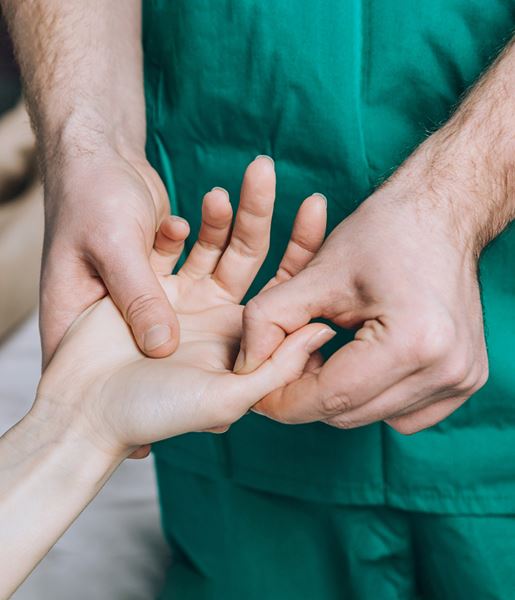
Other wrist surgeries and procedures
Common wrist conditions
Find a hospital with orthopaedic services
Our Hospitals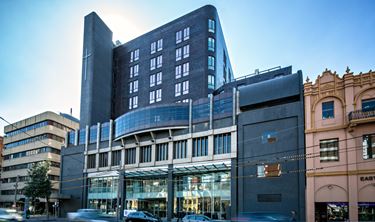
Related services
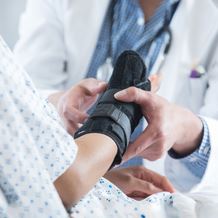
Carpal Tunnel Release Surgery
A common medical procedure to relieve pressure on the median nerve.
Read More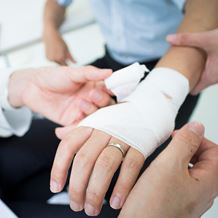
Other Wrist Surgeries and Procedures
Options to relieve painful symptoms of common wrist conditions.
Read More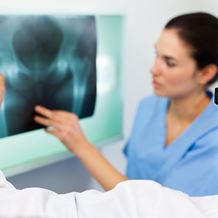
Find a Specialist
Talk to our world-leading orthopaedic specialists about the most suitable treatment options.
Read More